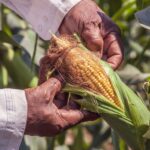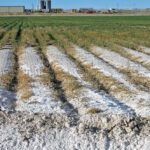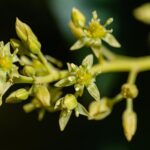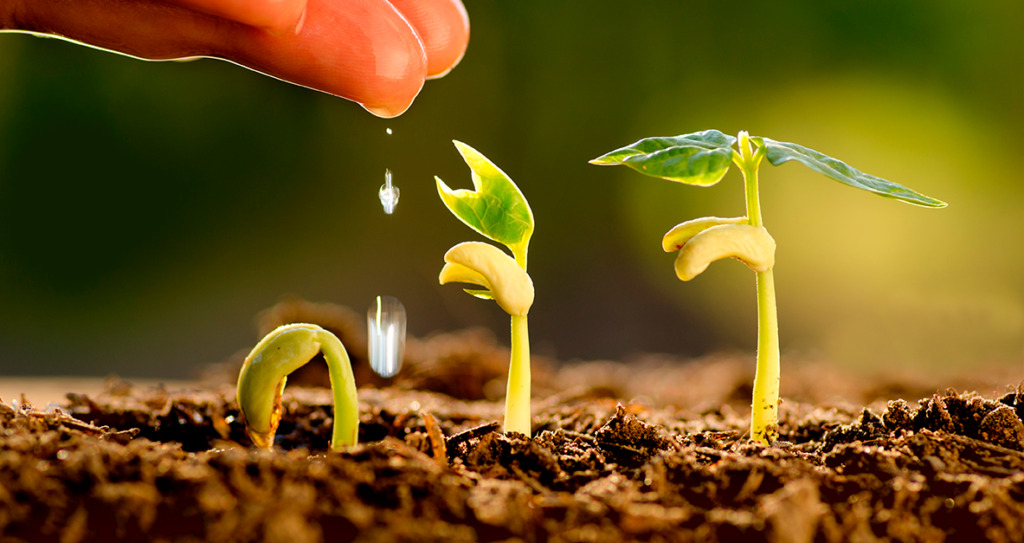
Stress is identified as a significant deviation from optimal conditions for life. These conditions cause changes in all functional levels of organisms. From a biological point of view, stress has a broader connotation, referring to environmental changes that alter the physiological state of plants (Larcher, 1995).
Types of stress in plants
Now, there are different types of stress, however, this diversity is grouped into two large groups, depending on the causal agent of said stress to the plant:
- Biotic stress and
- Abiotic stress.
Biotic stress
Biotic stress is that which originates from the interaction of the plant or the crop in general, with another living organism, which is affected by some type of negative ecological relationship (competition, allelopathy, herbivory, parasitism, etc.) normal plant development. In other words, biotic stress is derived from the attack of pests or diseases on the crop.
Abiotic stress
Abiotic stress is further divided into two types of stress: physical abiotic stress and chemical abiotic stress.
Physical abiotic stress is that which originates from climatic changes (high, low temperatures, hailstorms, strong winds, etc.), drought conditions or excess humidity, mechanical damage or magnetic field.
Chemical abiotic stress is generated due to the presence of toxic elements in the soil or substrate of the plant, such as heavy metals or excess of certain nutritional elements, extreme pH conditions or salt content.
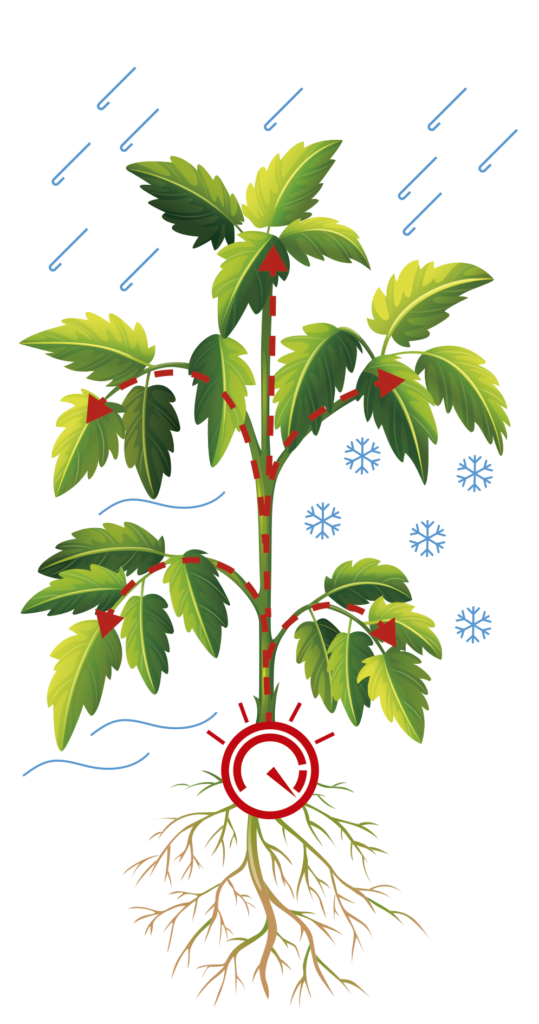
Amino acids as a strategy for stress control.
Generally, in stress conditions, the plant stops performing several metabolic functions, in search of reaching a nutritional and hormonal balance that is often not achieved.
Amino acids provide nutrients such as Nitrogen, which is essential for the development of crops, as well as being the molecules that form proteins, among others, resistance proteins against factors that generate stress.
 AgronoBlog – Agriculture Blog
AgronoBlog – Agriculture Blog 